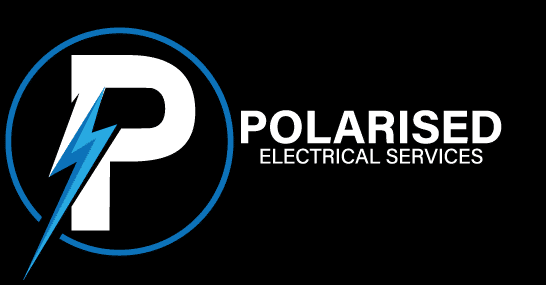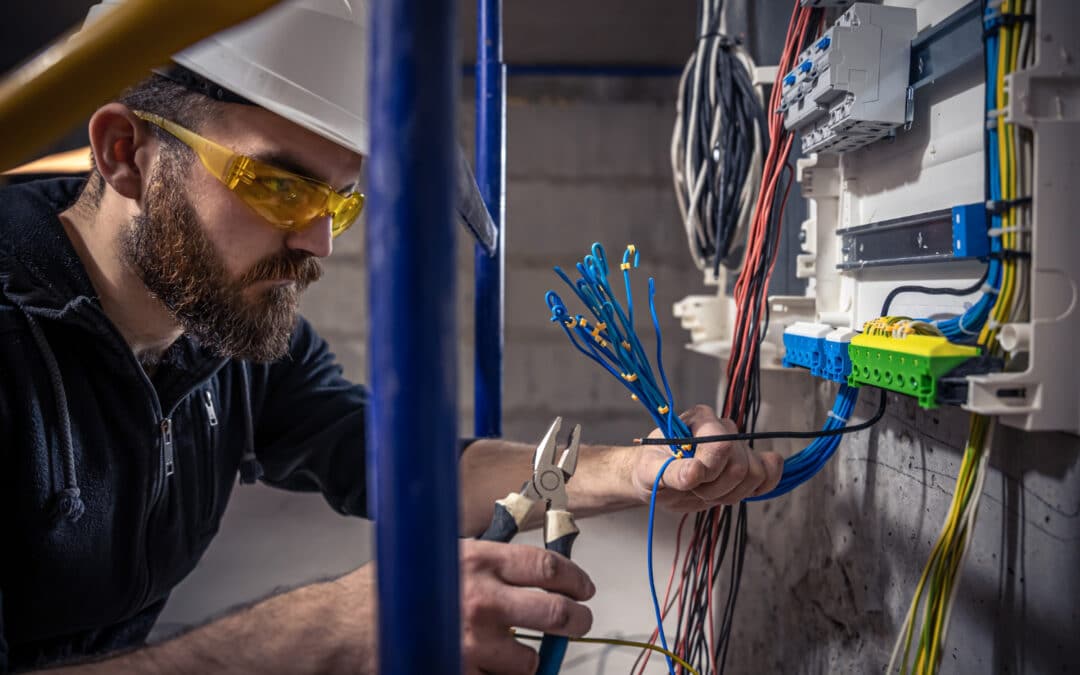Electrical safety is a paramount concern in commercial and industrial settings. With businesses and industries relying extensively on electrical systems for their operations, the implications of neglecting their maintenance can be severe, including operational downtime, damage to equipment and infrastructure, and even risks to the health and safety of employees. One often underestimated, but highly effective way of promoting electrical safety is through preventative maintenance. As electricians, understanding the importance of preventative maintenance and how to administer it comprehensively can be a game-changer in ensuring the reliability, safety, and longevity of industrial electrical systems.
Preventative maintenance sometimes referred to as “planned maintenance” or “preventive maintenance,” consists of regular, scheduled inspections, replacements, and repairs aimed at preventing breakdowns and failures before they occur. By catching potential issues early, preventative maintenance can reduce the likelihood of unplanned stoppages, enhance equipment lifetimes and ultimately improve the bottom line for businesses. In industrial settings, where any downtime can result in a significant loss of productivity, preventative maintenance is nothing short of essential.
Furthermore, preventative maintenance can significantly enhance electrical safety. Electrical hazards such as shocks, arc flashes, and fire contribute to a significant proportion of workplace incidents each year. By ensuring electrical systems and equipment are correctly maintained, electricians can mitigate these hazards and provide a safer workplace environment.
This article seeks to delve into preventative maintenance’s role in promoting electrical safety in industrial settings. We will uncover the benefits of preventative maintenance, the critical components involved, and tips for electricians performing preventative maintenance tasks. Understanding this crucial aspect of electrical maintenance can empower electricians working in industrial environments to contribute significantly to operational efficiency and safety, making them invaluable assets to their clients. Whether you are a seasoned electrician looking to refine your preventative maintenance practices or new to the field seeking to understand its importance, this article aims to deliver insight and practical guidance.
Benefits of Preventative Maintenance
Adopting a preventative maintenance approach offers several advantages for industrial facilities, including:
1. Improved Safety: Regularly inspecting and maintaining electrical systems helps identify and rectify potential hazards before they become critical, reducing the risks of accidents such as electrical fires and arc flashes.
2. Enhanced Reliability: Preventative maintenance ensures that electrical systems and equipment operate at optimal efficiency and capacity, reducing the probability of unexpected breakdowns and equipment failures.
3. Extended Equipment Lifespan: Timely maintenance can prolong the life expectancy of electrical assets, reducing the need for costly replacements and capital expenditures.
4. Cost Savings: By minimising the frequency of unexpected downtime and equipment failures, preventative maintenance can lead to substantial cost savings in repairs and lost productivity.
Key Components of Industrial Electrical Preventative Maintenance
An effective preventative maintenance program for industrial electrical systems involves the following key components:
1. Visual Inspections: Regular visual inspections can help identify potential issues such as damaged cables, exposed wiring, or overheating equipment. Electricians should thoroughly inspect all aspects of the facility’s electrical systems, including switchboards, motor control centres, transformers, and power distribution units.
2. Electrical Testing: Testing electrical components for proper functioning and efficiency is a vital part of any preventative maintenance program. This can include checking for voltage imbalances, poor power factor, equipment overheating, or insufficient grounding.
3. Cleaning and Lubrication: Dust and dirt can accumulate on electrical equipment, increasing the risk of overheating or short-circuiting. Regular cleaning of electrical systems, along with lubrication where required, can help maintain their efficiency and safety.
4. Scheduled Maintenance and Repairs: Based on the inspection, testing and cleaning results, electricians should schedule required maintenance tasks such as tightening connections, servicing breakers, or replacing worn components to prevent issues from escalating.
Best Practices for Electricians Performing Preventative Maintenance
Effective preventative maintenance in industrial settings involves adhering to several best practices. Electricians seeking to improve their preventative maintenance skills should consider the following:
1. Create a Scheduled Maintenance Plan: Develop a comprehensive plan outlining the frequency and scope of inspections, tests, cleaning, and maintenance tasks based on the facility’s electrical system requirements and manufacturer recommendations.
2. Prioritise Safety: Always adhere to safe work practices and ensure the power is turned off and locked out before performing the maintenance tasks. Utilise personal protective equipment (PPE) and follow recognised safety standards during all aspects of maintenance work.
3. Document and Analyse Maintenance Results: Maintain accurate records of all preventative maintenance tasks, including dates, findings, and any corrective actions taken. This information can be helpful in identifying trends, predicting potential issues, and optimising the maintenance plan for improved efficiency and safety.
4. Keep Up-to-Date with Electrical Standards and Codes: Regularly review industry standards, such as the Australian Standards (AS/NZS 3000), to ensure that all maintenance practices align with the latest requirements and recommendations.
5. Stay Informed on Technological Advancements: Embrace new tools and technologies that can enhance the efficiency and effectiveness of preventative maintenance tasks, such as thermal imaging cameras, power quality analysers, or vibration analysers.
Conclusion
Preventative maintenance plays a pivotal role in promoting electrical safety and operational efficiency in commercial and industrial facilities. By understanding and prioritising best practices in this area, electricians can ensure their clients’ electrical systems remain reliable, safe, and cost-efficient. Furthermore, electricians who demonstrate their competence and diligence in industrial maintenance will foster increased trust and long-lasting partnerships with their clients, ultimately contributing to their professional success and reputation.
Trust that our experienced commercial electricians at Polarised Electrical Services are well on their way to maximising the value we deliver through effective and comprehensive preventative maintenance programs tailored to the unique needs of the industrial spaces we serve. Contact us today to learn more about our services.

